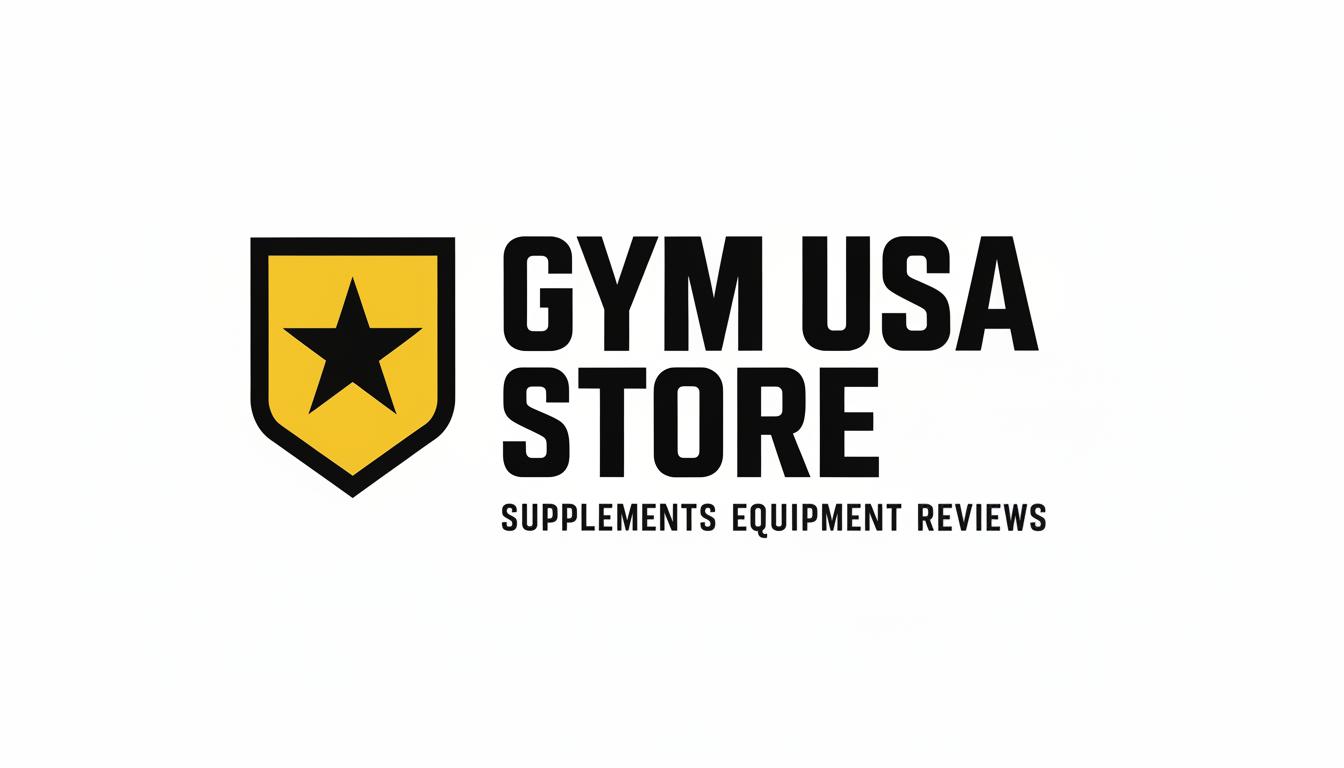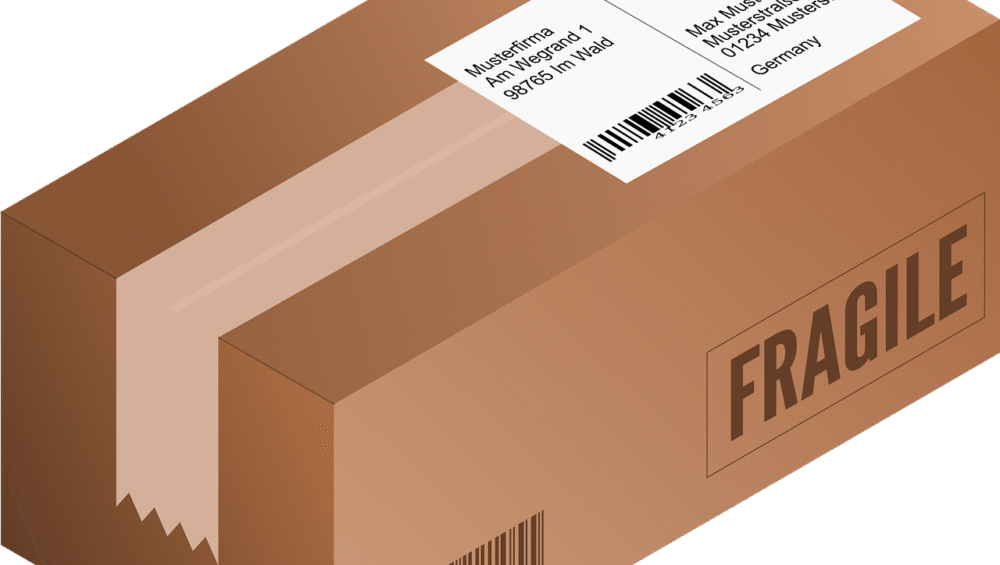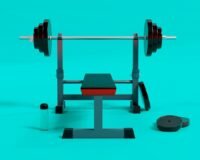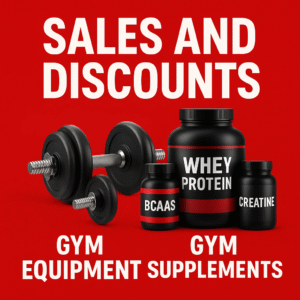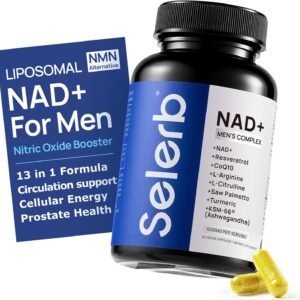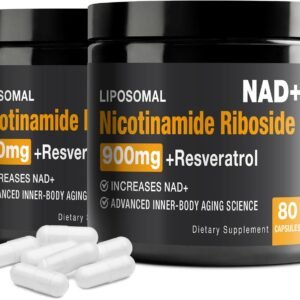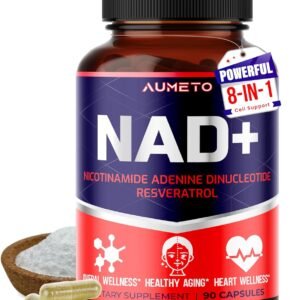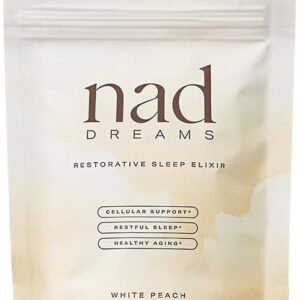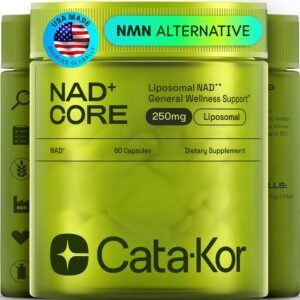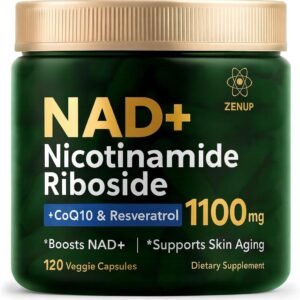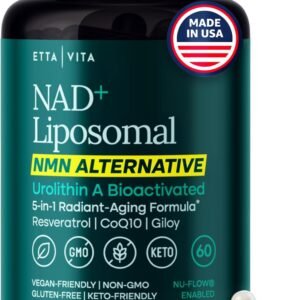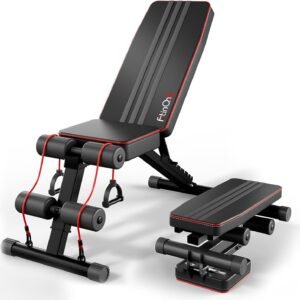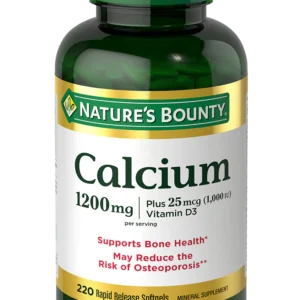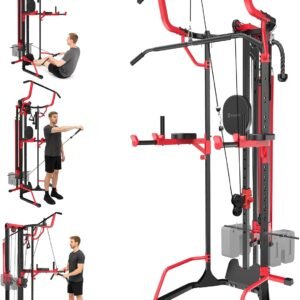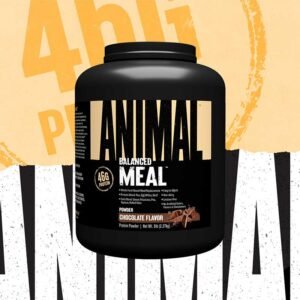Realistic Guide to Selling American Gym Supplements in another countries
The image is powerful: a sleek, brightly colored tub adorned with bold lettering and the unmistakable “Made in USA” stamp. For fitness enthusiasts around the world, American gym supplements represent the gold standard—a symbol of cutting-edge research, potent formulations, and the very ethos of the massive American fitness culture. This perceived superiority creates a tantalizing opportunity for entrepreneurs: buy low in the U.S., sell high abroad.
But is this modern-day arbitrage a path to easy profits, or a regulatory and logistical nightmare that will crush all but the most diligent? This article provides a comprehensive, no-nonsense exploration of the business, analyzing the market realities, the intricate challenges, and the potential payoff to determine if the effort is truly worth it.
The Allure – Why There’s a Market in the First Place
The demand for American supplements outside the U.S. is driven by several key factors:
- Perceived Quality and Innovation: The U.S. supplement market is the largest and most competitive in the world. Brands like Optimum Nutrition, MuscleTech, Dymatize, and Ghost are globally recognized. They invest heavily in marketing, clinical-sounding terminology (even if not always FDA-approved), and innovative flavors and formulas that often outpace local competitors.
- Brand Prestige and Marketing: American brands have mastered the art of branding. Through influencer partnerships, social media campaigns, and high-profile sponsorships, they build a “lifestyle” aura that transcends the product itself. For a consumer in Berlin, São Paulo, or Tokyo, using the same pre-workout as their favorite American bodybuilder carries significant social cachet.
- Limited Local Availability: While global brands have distribution networks, they often focus on major retailers. Many specific, niche, or newer American brands are simply not available in smaller countries or are sold at a significant markup by a single, official distributor. This creates a vacuum for independent sellers.
- Price Disparity (Sometimes): Due to economies of scale, frequent sales in the U.S., and intense competition, the baseline price for a tub of American protein powder can be lower than its equivalent elsewhere, even before considering the potential for arbitrage.
Check also: 20 biggest supplement producers in USA
The Brutal Reality – A Labyrinth of Challenges
This is where the romantic idea meets the hard ground of international business. The challenges are not mere hurdles; they are complex, costly, and can be business-ending if ignored.
A. The Regulatory Gauntlet: It’s Not the Wild West
The U.S. supplement market is regulated by the FDA under the Dietary Supplement Health and Education Act (DSHEA) of 1994, which is notoriously lenient, operating on a post-market surveillance model. This is not the case elsewhere.
- The European Union (EU): This is one of the most stringent regulatory environments. Supplements are considered “foods for particular nutritional uses” or “food supplements.” Key hurdles include:
- Novel Food Authorization: Any ingredient not commonly used in the EU before 1997 is considered a “novel food” and requires a lengthy, expensive authorization process. Many popular American pre-workout ingredients (e.g., certain forms of Beta-Alanine, specific patented compounds) fall into this category and are illegal to sell without approval.
- Maximum Permitted Levels: The EU sets strict maximum limits for vitamins and minerals. A U.S. multivitamin or “testosterone booster” might contain 10,000 IU of Vitamin D, but the EU limit could be 2,000 IU. Selling the U.S. version would be illegal.
- Labeling Requirements: Labels must be in the local language, list all ingredients precisely as per EU standards, and include specific health claim approvals. “Builds Muscle” is a prohibited claim unless backed by specific EU-approved scientific evidence.
- United Kingdom (Post-Brexit): The UK has largely retained EU regulations but is now developing its own framework. The key agency is the Food Standards Agency (FSA). While similar to the EU, there are divergences, meaning compliance must be checked separately.
- Australia and New Zealand: Regulated by the Therapeutic Goods Administration (TGA) and Medsafe respectively, supplements often fall into a gray area between “foods” and “therapeutic goods.” Products making strong health claims may require listing on the Australian Register of Therapeutic Goods (ARTG), a costly and complex process. Many stimulant-based pre-workouts are heavily restricted.
- Asia and Middle East: Regulations vary wildly. Countries like Japan and South Korea have rigorous approval processes for imported health products. In many Middle Eastern nations, products must be certified Halal, and labels may need to be in Arabic. Some ingredients common in the U.S. may be outright banned as controlled substances.
The bottom line: You cannot assume a product legal in the U.S. is legal elsewhere. Ignorance is not a defense and can lead to seized shipments, massive fines, and even criminal liability.
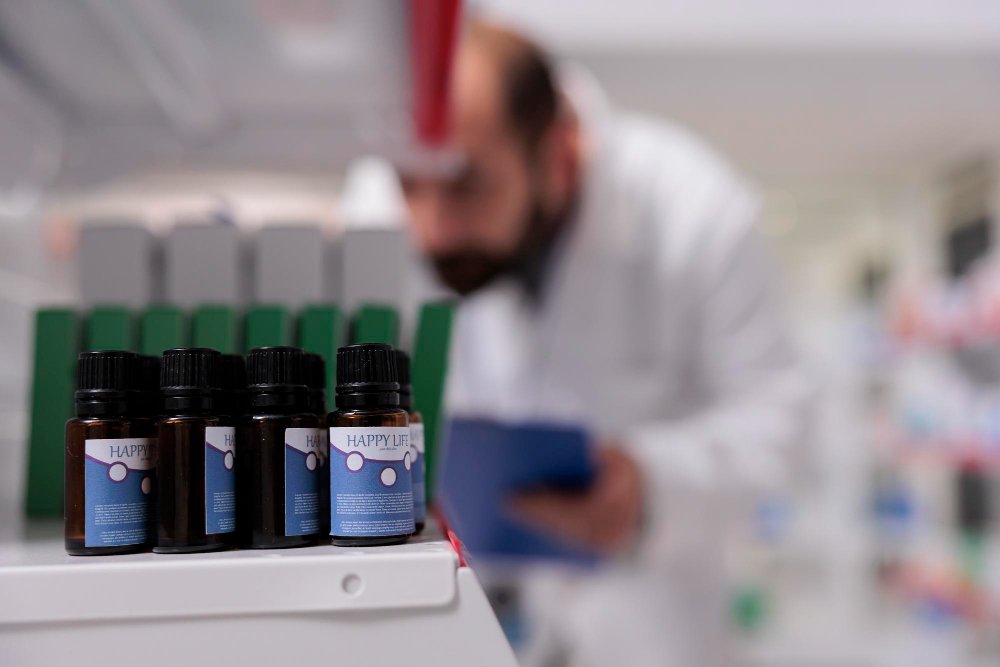
B. The Tariff and Tax Maze: The True Cost of Importing
When your shipment lands in another country, it is no longer just a product; it’s an import subject to duties and taxes.
- Customs Duties (Tariffs): The rate depends on the product’s Harmonized System (HS) Code. For supplements, this is typically under headings like 2106 or 2936. Each country sets its own tariff rates. You must research the specific code and rate for your target country. This can range from 0% to 20% or more of the product’s declared value.
- Value-Added Tax (VAT) or Goods and Services Tax (GST): Almost every country has a consumption tax. This is applied to the total landed cost (cost of goods + shipping + insurance + duties). VAT rates in the EU are typically 19-25%. In Australia, GST is 10%. This is a significant added cost.
- De Minimis Value: Most countries have a threshold value below which imports are duty-free and tax-free. However, these thresholds are often quite low (e.g., €22 in the EU, $1,000 AUD in Australia) and are intended for individual consumers, not commercial importers. If you are shipping in bulk, you will pay.
C. Logistics and Supply Chain Headaches
- Shipping Costs: This is a major profit killer. A 5lb tub of protein is bulky and heavy. Shipping a single tub via courier (DHL, FedEx) is prohibitively expensive. You must ship by sea freight in palletized quantities to achieve a reasonable per-unit cost, which requires dealing with freight forwarders, customs brokers, and significant lead times.
- Shelf Life: Supplements have expiration dates, typically 2-3 years from manufacture. The time spent in production, ocean transit, customs clearance, and storage eats into this shelf life. You cannot afford to have inventory sitting unsold for months.
- Storage and Fulfillment: You need a secure, climate-controlled warehouse in the target country. Handling individual orders requires a fulfillment solution, which adds another layer of cost and complexity.
D. The Fierce Competition
You are not the only one with this idea. The competition is multi-faceted:
- Official Distributors: Large American brands appoint exclusive distributors in foreign markets. These distributors have economies of scale, regulatory compliance teams, and established retailer relationships. They are your Goliath.
- Local Brands: These brands understand their home market, have lower shipping costs, and are already compliant with local laws. They can often compete effectively on price.
- Other Arbitrageurs: The market is filled with small-scale sellers on eBay, Amazon country-specific sites, and local marketplaces. This often leads to a race to the bottom on price, eroding margins for everyone.
A Strategic Blueprint for Success (If You Proceed)
Given the daunting challenges, success is only possible with a meticulous, professional approach.
Step 1: Niche Down or Go Home.
Do not try to sell everything to everyone. The “bodybuilding.com” model cannot be replicated by a small importer. Your strategy should be:
- Product Specialization: Focus on a category where American brands have a clear, undeniable edge and where local alternatives are weak. Examples: high-end, stimulant-free nootropics; specific vegan protein blends; patented creatine formulations.
- Brand Exclusivity: Target emerging, “hot” American brands that are not yet available in your target market. Approach them to become their official distributor for that country. This adds legitimacy and may give you access to marketing support.
- Country Specialization: Become an expert on one or two specific countries. Do not try to conquer Europe, Asia, and South America simultaneously. Master the regulations, culture, and marketing channels of a single market first.
Step 2: Regulatory Due Diligence is Non-Negotiable.
This is your most critical task.
- Identify the Regulatory Body: Is it the EFSA (EU), TGA (Australia), or MHLW (Japan)?
- Analyze Your Product Portfolio: Scrutinize every ingredient in your chosen products against the country’s prohibited substances list, novel food catalog, and permitted vitamin/mineral levels.
- Consult an Expert: Hire a local regulatory consultant or lawyer specializing in food/import law. The upfront cost (which could be a few thousand dollars) is insignificant compared to the cost of a seized shipment or a fine. They will tell you exactly what is allowed, what needs to be relabeled, and what documentation is required.
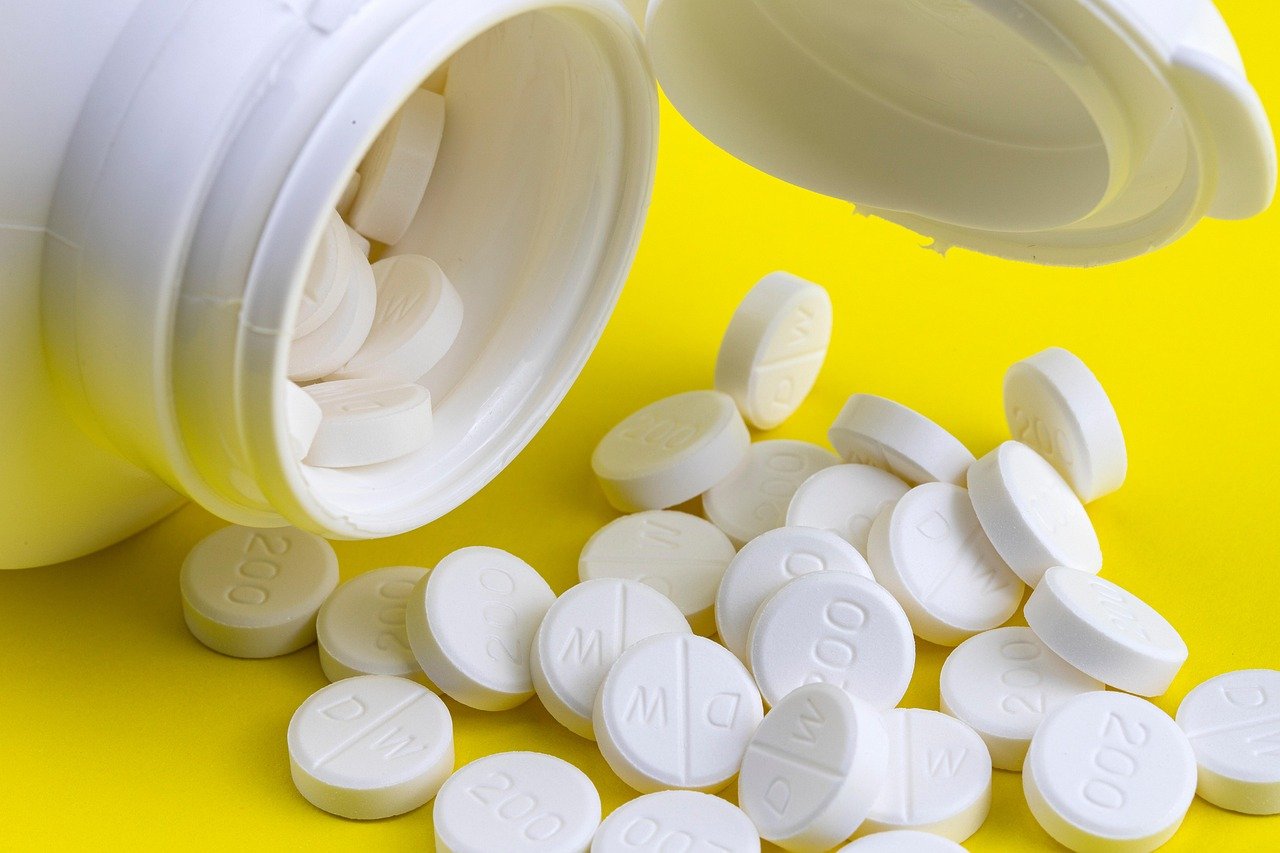
Step 3: Master the Financial Model.
Build a detailed spreadsheet. Your selling price must cover:
- Cost of Goods (from U.S. supplier)
- U.S. domestic shipping to port
- International freight (sea/air)
- Freight forwarder & customs broker fees
- Import Duties (based on HS code)
- VAT/GST (on the total landed cost)
- Local warehousing and fulfillment costs per unit
- Marketing and operational expenses
- Your desired profit margin
Only after adding all these costs will you see if there is a viable margin left. A 50% markup on the U.S. price is likely insufficient. You may need to target a 100-150% markup to be profitable.
Step 4: Build a Brand, Not Just a Store.
You cannot compete on price alone. You must compete on trust and authority.
- Invest in a Professional Localized Website: Don’t just be an eBay seller. Have a supplements for sale website in the local language that educates consumers on why your specific American supplements are superior.
- Content is King: Create blogs, videos, and social media content that translates the benefits for your local audience. Partner with local fitness influencers who can authentically vouch for your products.
- Customer Service Excellence: Offer flawless local customer service, easy returns, and fast shipping within the country. This builds loyalty that Amazon cannot easily replicate.
The Verdict – Does It Pay Off the Effort?
So, is it worth it? The answer is a resounding “It depends.”
No, it is NOT worth the effort if:
- You are looking for a quick, passive side hustle.
- You lack significant startup capital (think $20,000 – $50,000+ for initial inventory, shipping, and regulatory costs).
- You are unwilling to dive deep into complex, dry regulatory documents.
- You plan to compete on price with mass-market brands like Optimum Nutrition.
Yes, it CAN be worth the effort if:
- You approach it as a serious, full-time business venture.
- You have the capital to invest in proper logistics, regulatory compliance, and inventory.
- You identify a defensible niche with high demand and low competition.
- You are passionate about the fitness industry and understand your target market intimately.
- You secure a distribution agreement with a brand, giving you a competitive moat.
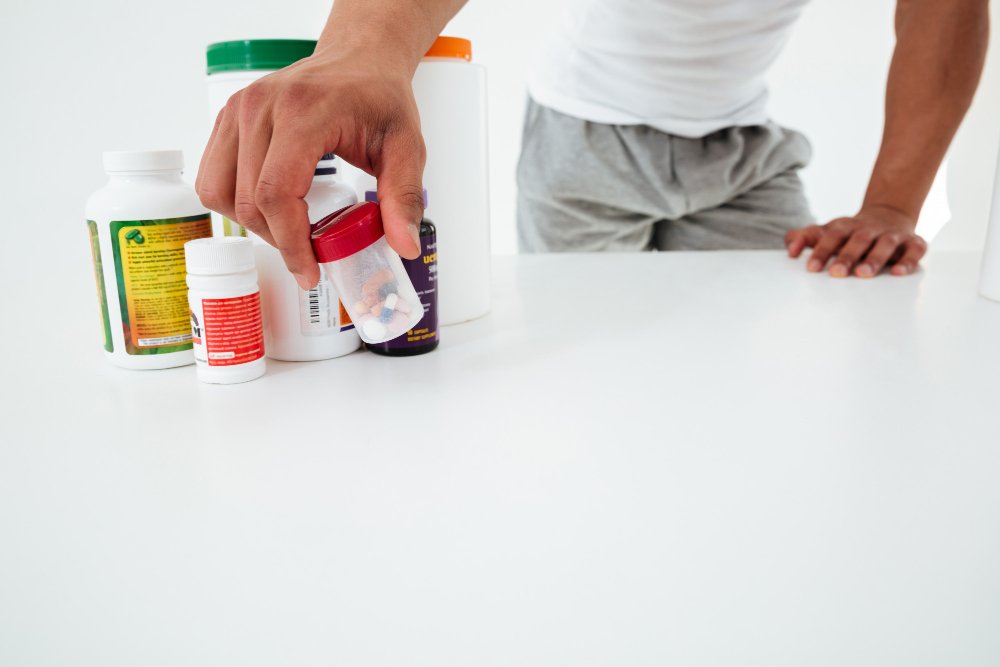
The Final Analysis:
The era of simply buying tubs of protein on Amazon.com and flipping them on eBay.co.uk for a profit is largely over. The barriers to entry—specifically regulation and logistics—have become too high for casual players.
However, for the strategic, well-capitalized, and patient entrepreneur, significant opportunity remains. The global demand for American fitness culture is not fading. The key is to stop thinking like a “seller” and start thinking like an “importer” or “specialty distributor.” This shift in mindset—from arbitrage to building a legitimate, compliant business—is what separates those who see their dreams seized by customs from those who build a sustainable, profitable enterprise catering to the global pursuit of fitness.
The market is there. The profit potential is real. But the path to it is paved with more paperwork than protein powder. Your success will be determined not by your strength, but by your stamina for detail and compliance.
